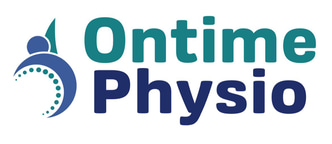Experience
We are member of: Health and Care Professions Council, Chartered Society of Physiotherapy, Acupuncture Association of Chartered Physiotherapists, Medco experts
Treatment
- Biomechanical Analysis
- Treatment Plans / Guided Rehabilitation
- Manual Therapy / Manipulation
- Soft Tissue Massage
- Ultrasound Therapy
- Acupuncture
- Taping
- Sports Massage
All our highly qualified physiotherapists are specialists in:
-Musculoskeletal medicine
-Neck Pain
-Back pain
-Joint pain
-Headache
-Sports injuries
-Acupuncture
-Tinnitus



